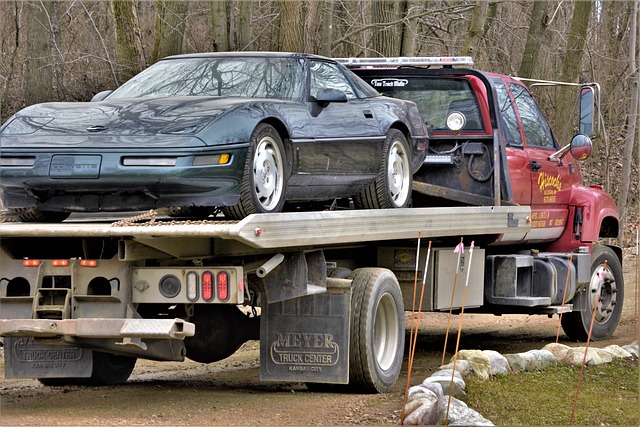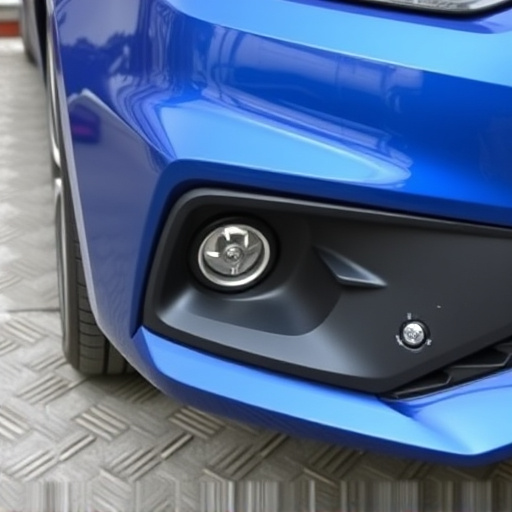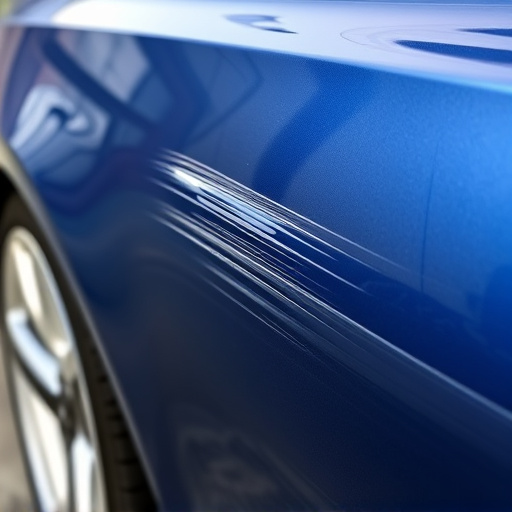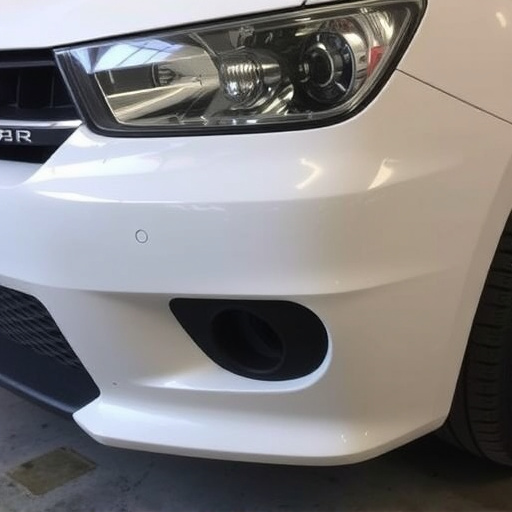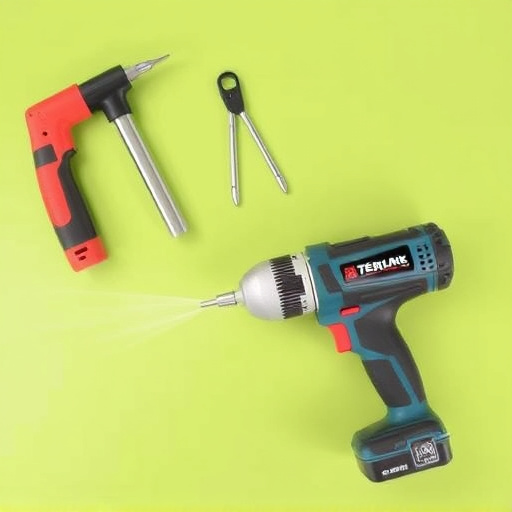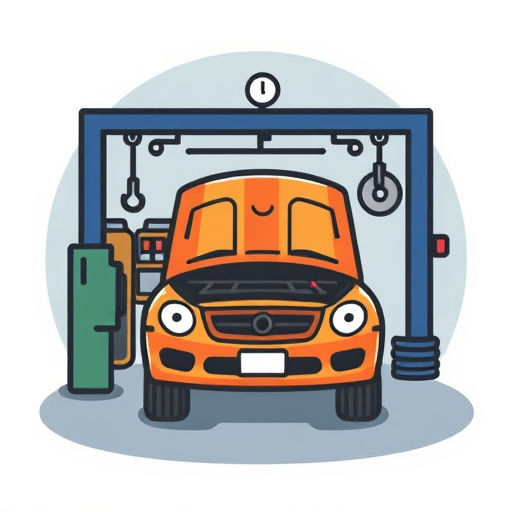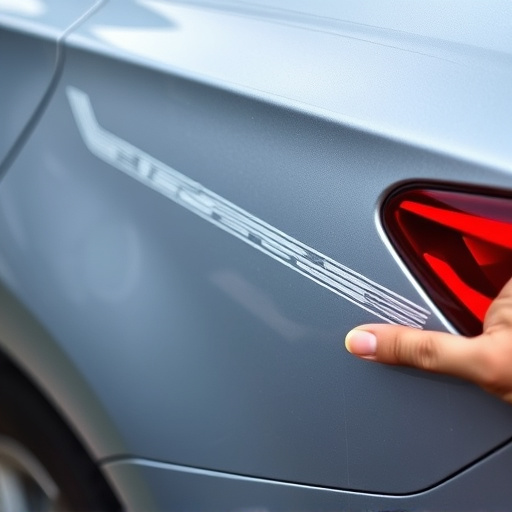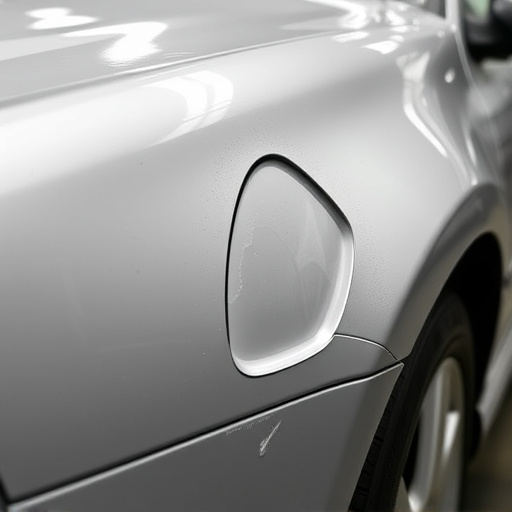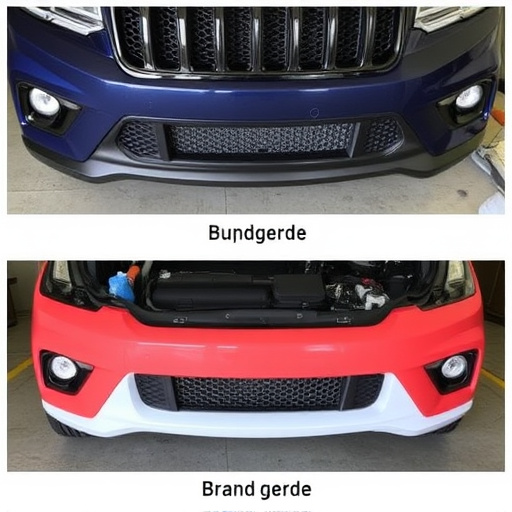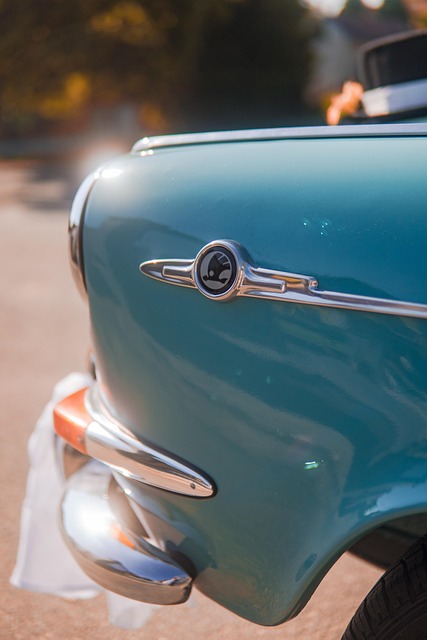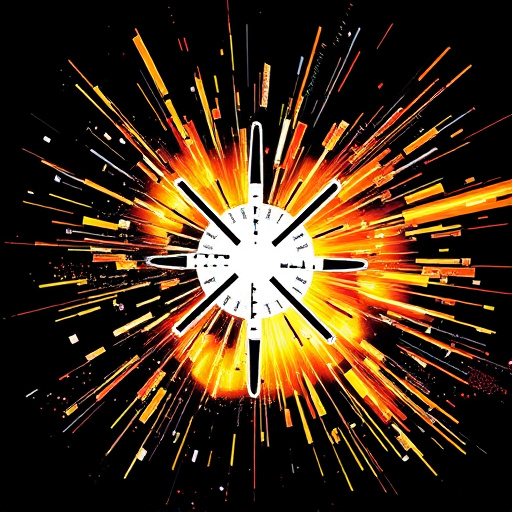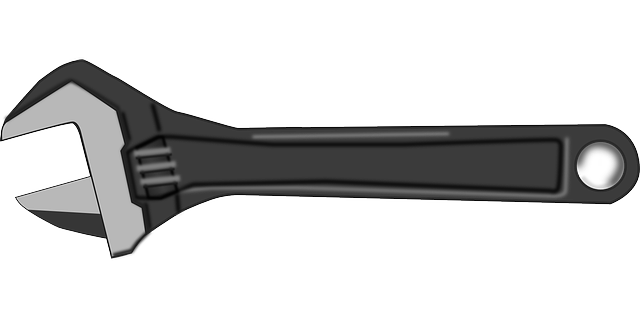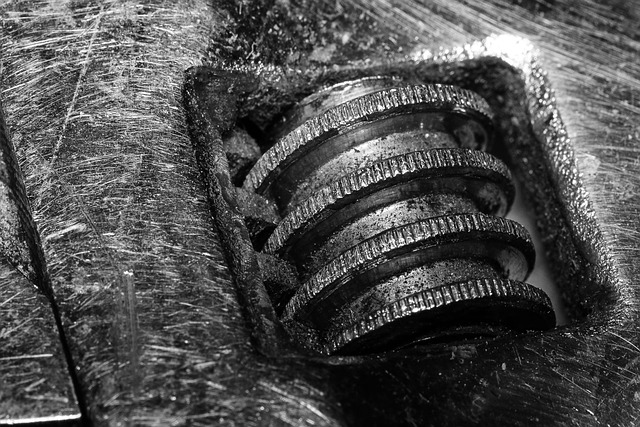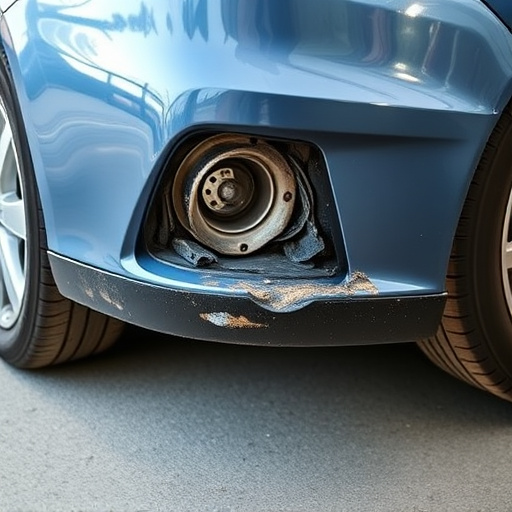Bumper crack repair is a specialized collision repair art, requiring skilled technicians and advanced tools. Essential tools include sandpaper, detailing brush, isopropyl alcohol, bumper crack repair epoxy kits, heat guns, dent removal toolsets, and basic car repair tools. Precision and assessment are key; minor cracks can be repaired with epoxy or plastic filler, while severe dents require professional autobody work. Surface preparation, priming, filling, sanding, and painting match the bumper's original aesthetics for optimal results.
Bumper crack repair is a common task for both professional body shops and DIY enthusiasts. This article delves into the essential tools and techniques used to fix cracked bumpers, ensuring vehicles look as good as new. From understanding various repair methods to equipping yourself with the right tools, we provide a comprehensive guide. Learn the step-by-step process, uncover necessary tools, and master bumper crack repair like a pro.
- Understanding Bumper Crack Repair Techniques
- Essential Tools for the Job: A Comprehensive List
- Step-by-Step Guide to Effective Repairs
Understanding Bumper Crack Repair Techniques
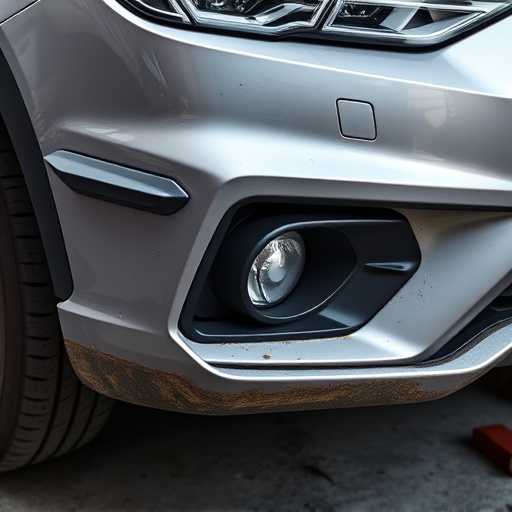
Bumper crack repair is a specialized skill within the broader field of collision repair. Understanding the techniques employed in this process involves grasping both the scientific and artistic aspects. The primary goal is to restore the bumper’s structural integrity while achieving a seamless, visually appealing finish that matches the vehicle’s original aesthetics.
Skilled technicians use a combination of advanced tools and materials, including specialized adhesives, composite resins, and precision machinery. A collision repair shop equipped with modern body shop services employs these tools to navigate the intricate paths of cracks, ensuring every fissure is filled and smoothed. The art lies in blending the repaired area seamlessly with the surrounding surface, requiring a keen eye for detail and color matching to achieve a flawless result, thus effectively addressing bumper crack repair needs.
Essential Tools for the Job: A Comprehensive List
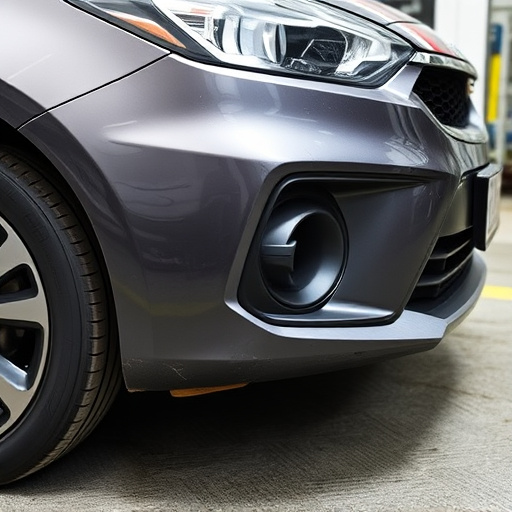
When it comes to tackling bumper crack repair, having the right tools is paramount for achieving a seamless and durable fix. This involves a combination of specialized equipment and conventional tools that cater to various stages of the repair process. Here’s a rundown of essential tools needed for an effective bumper crack repair job.
For initial assessments and preparing the surface, you’ll require fine-grit sandpaper, a detailing brush, and isopropyl alcohol. These tools help in cleaning the area, removing loose debris, and ensuring a smooth base for subsequent steps. When it comes to actually repairing the crack, a high-quality epoxy injection kit stands out as a cornerstone tool. This kit includes syringes, mixers, and nozzles designed to precisely inject epoxy into the crack, filling it from within and strengthening its structure. Additionally, a heat gun is invaluable for curing the epoxy quickly and effectively. In cases where dents or deeper damage accompany cracks, a dent removal toolset becomes indispensable. These tools, ranging from pullers to levers, aid in gently lifting and realigning damaged panels without causing further harm to the bumper or surrounding areas. Complementing these core tools are basic car repair essentials like ratchets, sockets, and pliers, which are versatile and handy for various tasks within a car body shop environment.
Step-by-Step Guide to Effective Repairs
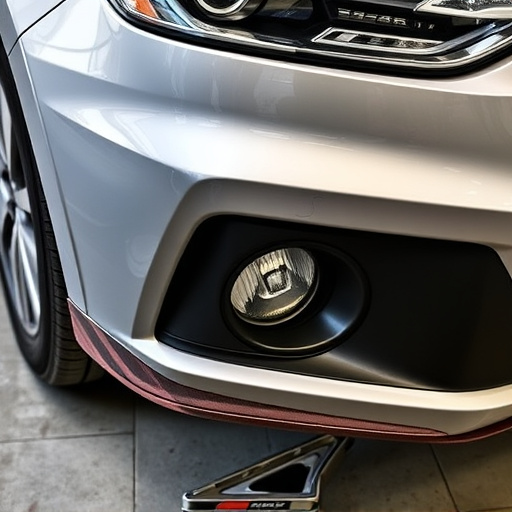
Bumper crack repair is a meticulous process that requires the right tools and techniques to ensure effective and lasting results. Here’s a step-by-step guide for tackling this common automotive issue, focusing on both efficiency and precision. First, assess the extent of the damage. Minor cracks can often be repaired with an epoxy or plastic filler, while more severe dents may necessitate professional autobody repairs.
For smaller cracks, prepare the surface by sanding down the damaged area to create a smooth base. Apply a primer to match the bumper’s original color and allow it to dry thoroughly. Once primed, fill the crack with an automotive-grade epoxy or plastic putty, ensuring complete coverage. After the filler hardens, sand gently until the surface is even with the surrounding bumper material. Finally, apply a high-quality paint job that precisely matches the bumper’s original finish, effectively concealing any signs of previous damage, whether it be a car collision repair or hail damage repair.
Bumper crack repair is a crucial skill for any automotive enthusiast or professional, ensuring vehicles maintain their aesthetic appeal and structural integrity. With the right tools and techniques, repairing even the most complex cracks becomes manageable. By understanding different repair methods and investing in essential tools, you can effectively address bumper cracks, extending the life of your vehicle’s exterior and saving costs on more extensive repairs.
